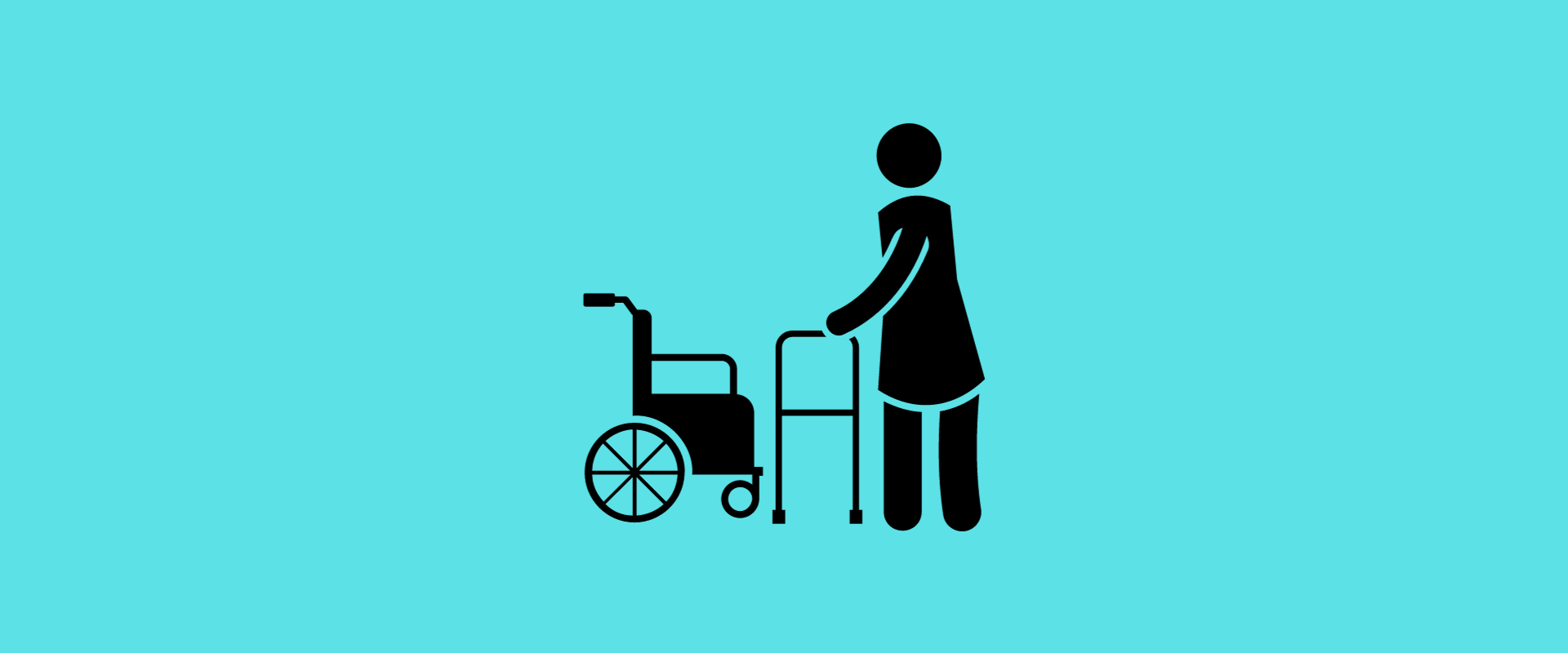Key Takeaways For Best Bathroom Mobility Aids
Enhanced Safety and Fall Prevention: Bathroom mobility aids, such as grab bars and non-slip step stools, provide crucial support, reducing the risk of accidents in slippery bathroom conditions.
Independence and Confidence: With the right aids, individuals can maintain independence in personal hygiene tasks, access the bathroom without assistance, and experience increased confidence in their daily routines.
Versatile Options for Varied Needs: From grab bars to raised toilet seats, the guide introduces a range of bathroom mobility aids catering to different needs, emphasising factors like material, weight capacity, and adjustability.
Top Bathroom Mobility Aids
The bathroom can pose significant hazards, particularly for individuals with mobility challenges and seniors. Slippery surfaces and limited space increase the risk of accidents. Fortunately, there are numerous bathroom mobility aids specifically designed to enhance safety and independence in this essential area of the home. In this comprehensive guide, we’ll explore the benefits of bathroom mobility aids, the types available, key features to consider, and recommendations for the best options on the market.
The Importance of Bathroom Mobility Aids
Bathroom mobility aids promote safety and comfort for individuals with mobility issues. Here are some reasons why they are essential:
1. Fall Prevention:
The bathroom is a common area for slips and falls. Mobility aids provide stability and support, reducing the risk of accidents.
2. Independence:
With the correct aids, individuals can maintain independence, carry out personal hygiene tasks, and access the bathroom without assistance.
3. Enhanced Confidence:
It is knowing that available support can boost confidence and reduce anxiety about using the bathroom.
Types of Bathroom Mobility Aids
There are various bathroom mobility aids designed to cater to different needs. Some of the most common types include:
1. Grab Bars:
These are mounted on the bathroom wall to provide handholds for stability while standing or moving around.
2. Shower Chairs and Benches:
These allow individuals to sit while showering, reducing the risk of slipping.
3. Toilet Seat Risers:
Toilet seat risers increase the height of the toilet, making it easier to sit down and stand up.
4. Raised Toilet Seats:
Similar to toilet seat risers, raised toilet seats are designed to provide additional height to the toilet.
5. Shower Mats:
These mats have non-slip surfaces, enhancing safety when stepping in and out of the shower or bathtub.
Key Features to Consider
When selecting the best bathroom mobility aids, consider the following key features:
1. Material:
Choose aids made from durable, water-resistant materials to ensure longevity.
2. Installation:
Check if the aids require permanent installation, such as drilling for grab bars, or if they are portable and can be moved as needed.
3. Weight Capacity:
Ensure that the aids can safely support the user’s weight.
4. Non-Slip Surfaces:
Look for aids with non-slip surfaces or rubberised grips for added safety.
5. Adjustability:
Some aids, like shower chairs, may offer adjustable height settings for customised comfort.
The Best Bathroom Mobility Aids
Now, let’s explore some of the best bathroom mobility aids available, each offering unique features to cater to various needs:
Conclusion
Bathroom mobility aids are essential for enhancing bathroom safety and independence. By understanding the benefits, types, and critical features of these aids, you can make informed decisions when selecting the best options to meet your specific needs. Whether it’s the stability of grab bars, the comfort of shower chairs, or the convenience of raised toilet seats, these aids can significantly improve the bathroom experience while promoting safety and well-being.












